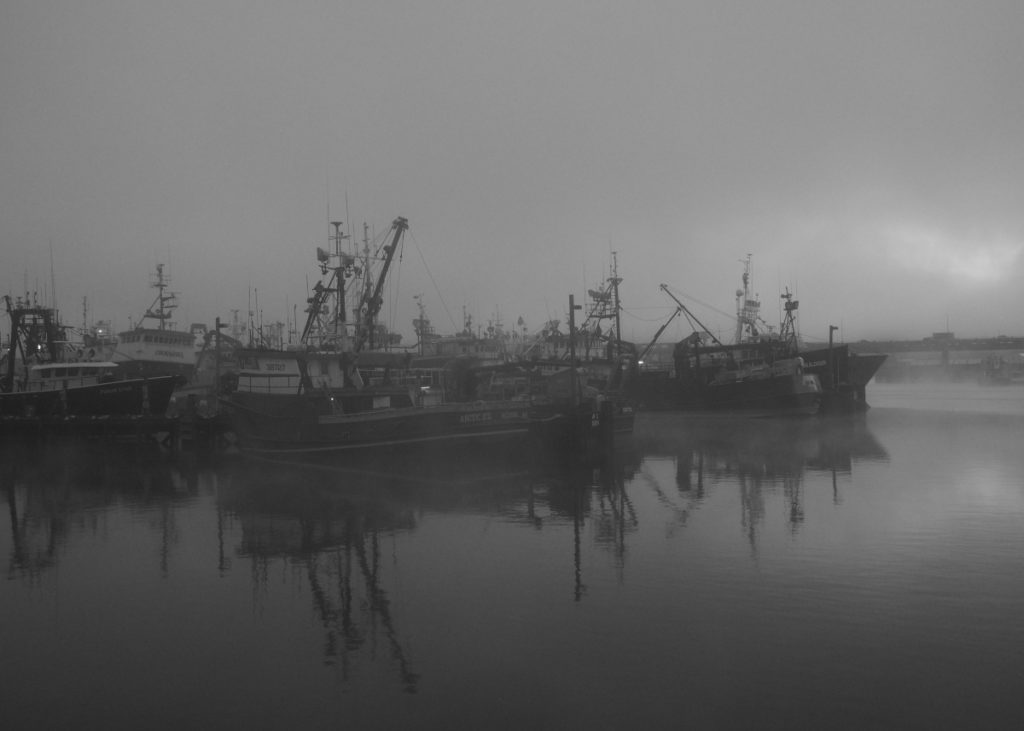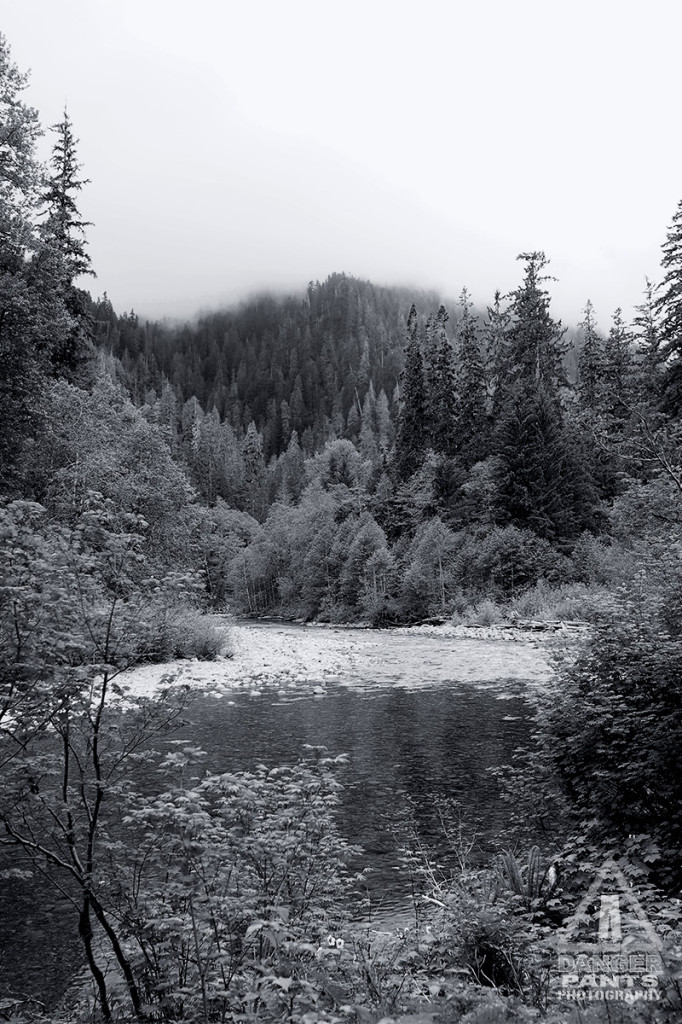A few weeks ago, I had planned to meet with a friend and fellow photographer to go down to Fisherman’s Wharf in the early morning. We were hoping to catch some low-level fog for some lovely atmospheric shots of fishing boats. She wanted to practice with the large-format camera, and I was happy for any excuse to pull the 5×7 out.
Unfortunately, our outing was only partly successful. We definitely got some 5×7 shots, and they’re pretty good, but the fog was resolutely absent that day. Only a day or two later, the fog was out in full force, and I managed to snap a few DSLR shots, but it’s just not the same. I didn’t have the big camera with me.
Then, this morning, I noticed the fog was pretty thick as I prepared to get breakfast. I put the breakfast dishes back in the cabinet and moved with alacrity to retrieve the camera and load it into the car along with its accessory bags and a hastily assembled tripod. Even as I watched at home, the fog seemed to be lifting slightly, so I didn’t want to delay.
I arrived at Fisherman’s Terminal and things were looking good. I didn’t dally, though, and hastily set up the camera. Even as I worked, I could see a brightening in the sky that suggested the fog was breaking up. I snapped a test-shot with a digital camera, and decided the exposure was close enough. I checked focus, glanced briefly at the framing, gave a mental “Good enough!” and slid the film holder into the camera. One click later, as the fog was melting before my eyes, and I had my one and only shot of the morning. I could only hope it was any good. The fog was completely gone a minute or two after I’d tripped the shutter.
The film has been developed (along with failed batch of prints of a different negative, after I missed some kind of contamination on my contact printing glass), and I should know tomorrow how it turned out. In the mean time, here is the test shot, which was captured with an Olympus OM-D EM-5 set to Monochrome, shooting with a Panasonic 20mm f/1.8 pancake lens. The only processing was to crop the image slightly to 5×7 proportions and scale it down.


